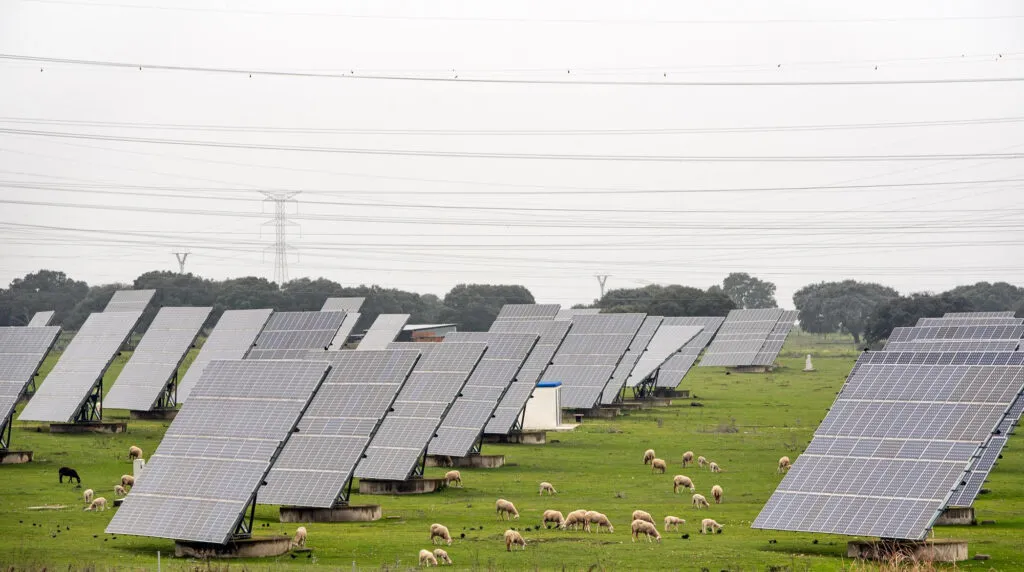
Sprawling solar farms have raised concerns that renewable energy will harm food production in Canada — including in Alberta, where the province has paused approval of any large wind or solar projects.
In August, the Government of Alberta announced the moratorium would last until Feb. 29, 2024. At the time, it cited concerns about land use and reclamation, specifically the impact on agricultural, recreational and Crown land.
Alberta Premier Danielle Smith told CBC’s What on Earth in an interview in September: “We cannot be putting massive amounts of solar panels on prime agriculture land. That’s one of the things that we’ve heard loud and clear.”
She added, “These are taking up acres and acres and acres of prime farmland in some cases. And so we want to make sure they’re on marginal lands.”
But how much “prime farmland” would those projects take? Here’s a closer look.
Widespread concerns
In Alberta, similar worries had previously been expressed by rural municipal politicians in Alberta and the federal Conservative Party’s agriculture critic, John Barlow, MP for the southern Alberta riding of Foothills.
Elsewhere, Jessica Nixon, director of economic development for the Cowessess First Nation in Saskatchewan, who is also a cattle and grain farmer, wrote in an opinion piece on the Clean50 website in March that not enough consideration is given to the agricultural value of land being used for solar, and that poses a threat to farmland.
Such concerns aren’t unique to Canada, says Sara Hastings-Simon, an associate professor at the University of Calgary who studies energy transition and public policy. “You’ve certainly heard it discussed in other countries.”
And she can understand why.
“It’s striking, right? When you’re standing in front of one of these solar farms. They are large on a human scale.”
Where Alberta’s solar is now
Is solar really taking up lots of prime farmland in Alberta? Ian Urquhart, professor emeritus of political science at the University of Alberta, looked into the question in The Tyee last month.
He found most solar projects approved in Alberta between 2019 and 2023 are on farmland rated as “severe or worse” for crop production. (Farmland is rated based on limitations such as low fertility, rockiness or steep slopes.)
One project approved this past July, Creekside Solar Project in Leduc, is expected to occupy 127 acres of high-value “Class 2” agricultural land. However, Urquhart said that’s just “0.03 per cent of the best agricultural land in the country,” according to the developer, and sheep farmers and crop producers are interested in farming between the solar panels, a concept known as agrivoltaics.
Alberta’s future solar needs
With renewable energy growing, however, more land would be needed. That’s something Hastings-Simon has looked into, specifically for Alberta.
The Alberta Electrical System Operator projects that Alberta would need to increase its solar generation capacity from the current 1.3 GW to 5.2 GW through 2041 in order to make the provincial grid net-zero emissions by 2035, as required by the federal government.
In a policy brief published last month, Hastings-Simon calculated that new generation would require 38,000 acres (154 square kilometres). While that sounds like a lot, it’s just 0.08 per cent of agricultural land in the province — “less than a tenth of one per cent,” Hastings-Simon said.
Her reaction when she saw that was “definitely surprise,” she said.
The calculations showed that even if all new solar farms were built only on the best, irrigated farmland, they would still only use three per cent of that kind of farmland.
Leave a Reply